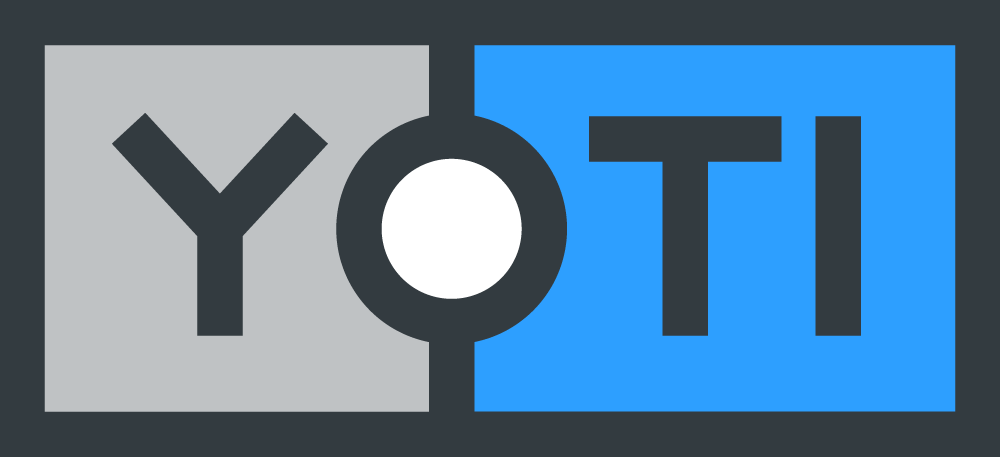Business
PeopleCheck automate the background screening process to scale checks without limit
“The change in legislation was a once-in-a-generation perfect storm. The automation that’s come off the back of digital identity enables us to deliver swift onboarding and a platform that’s on the leading-edge of user experience and smart technology.” David Hutchinson People Check CEO PeopleCheck is the UK’s leading background check provider. We helped them: Meet the digital ID checking requirements for right to work and DBS. Automate significant parts of the screening process. Scale from 1 check to 1,800 in the same time. Solution: Right to Work Industry: Background screening Read the case study
NIST approval explained
Many companies in the identity space talk of NIST certification. What does this mean for you as a user of identity services and what does it mean for your customers? Who is NIST? NIST is the National Institute of Standards and Technology (NIST), a non-regulatory agency of the United States Department of Commerce. NIST’s remit is to create and certify measures, standards and technology to enhance trade and productivity. Formed in 1901, their remit is to provide standards and certification for businesses. At first this included clocks and thermometers, all kinds of ‘weights and measures’. But over
Digital identity verification for DBS checks
The Disclosure and Barring Service (DBS) has updated its guidance on how to check someone’s identity for a criminal record check. Previously, the process was only possible by seeing physical documents. During the pandemic, employers enjoyed relaxed rules which allowed them to do this via video call. However, the government has now updated their guidance to allow for digital ID verification technology. This means candidates can prove their identity online, which is an absolute game changer for employers grappling with a remote-first world. But how does the process work and should you use it? Here’s our guide to digital ID
On Facial Age Estimation, improvements and updates
We continue to invest in improving the accuracy of our world-leading facial age estimation and we will soon be releasing a new ‘Jan 2023’ model with improved accuracy across all skin tones and gender for those aged 6-70. At Yoti we constantly strive to improve all our services given our commitment to tech for good, and given the growing market importance of these services and increasing regulatory engagement. For example, coming soon we’ll be introducing multiple, concurrent age estimation models, which will help improve accuracy even further, whilst still completing a check within seconds. We will also continue to update
Konfir partners with Yoti for certified income and employment attributes
We are delighted to be working with Konfir, a B2B SaaS platform that lets employers instantly access employment or income records for any UK-based worker, with their consent. Konfir is at the forefront of the shift in determining how employment and income data is captured, verified, and shared, and has become the first certified Attribute Service Provider (ASP) under the UK Digital Identity and Attributes Trust Framework (DIATF). As the first government certified provider of employment and income data, globally, Konfir provides employment and income information, including work history, previous job titles and dates of employment, to companies or Identity
Yoti digital age verification trialled at supermarkets
Last year, UK supermarkets – including Asda, Morrisons and The Co-op – trialled our digital age verification at self-checkouts in a scheme run by the Home Office. During the trial, shoppers in participating stores could try two new ways to prove their age: Facial age estimation technology: shoppers purchasing alcohol looked at a camera on the self checkout and age estimation technology estimated their age. A privacy-preserving solution, it didn’t require any personal details or ID documents, and all images were instantly deleted once someone received their estimated age. If the system detected they looked younger than the set






